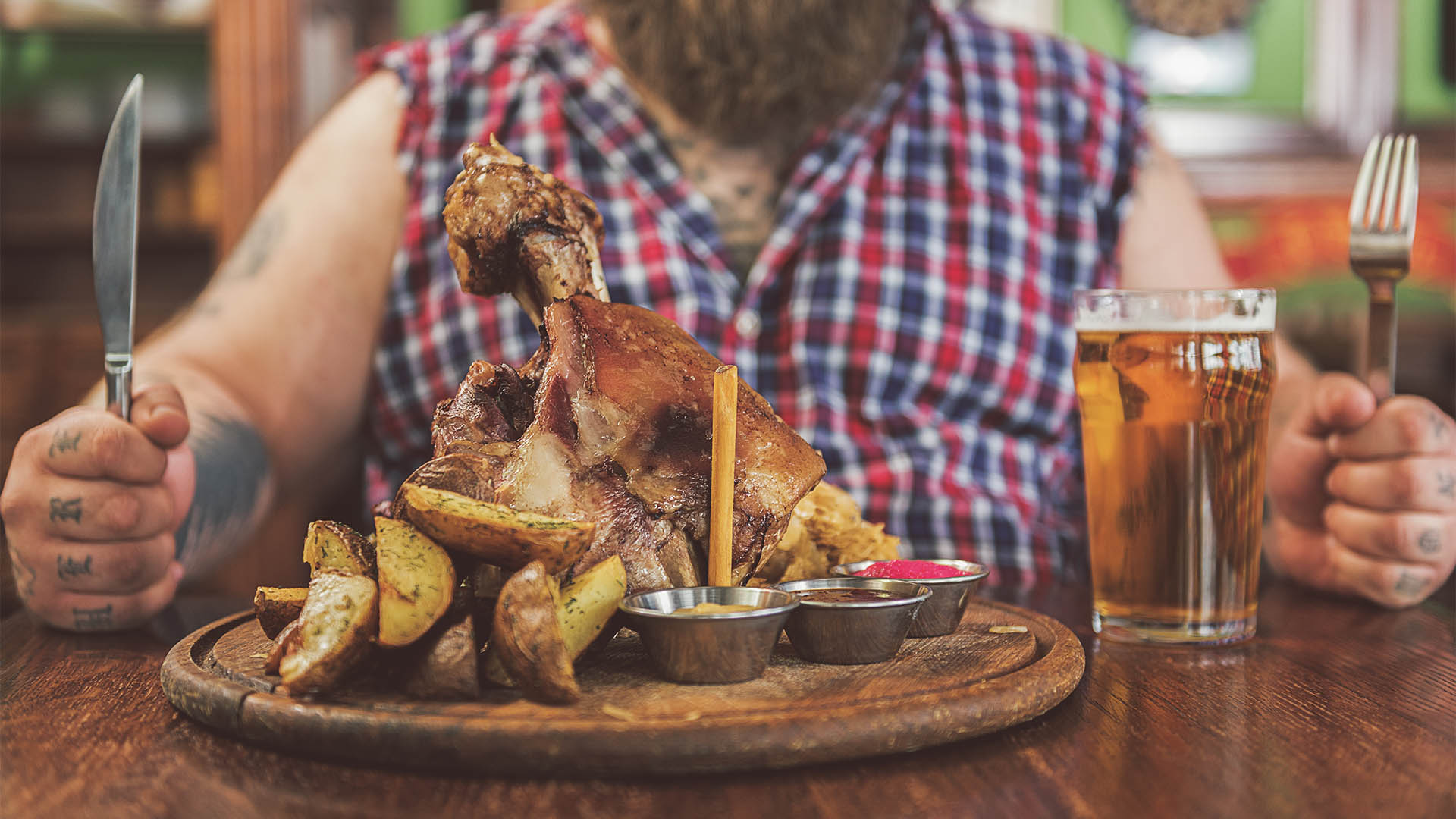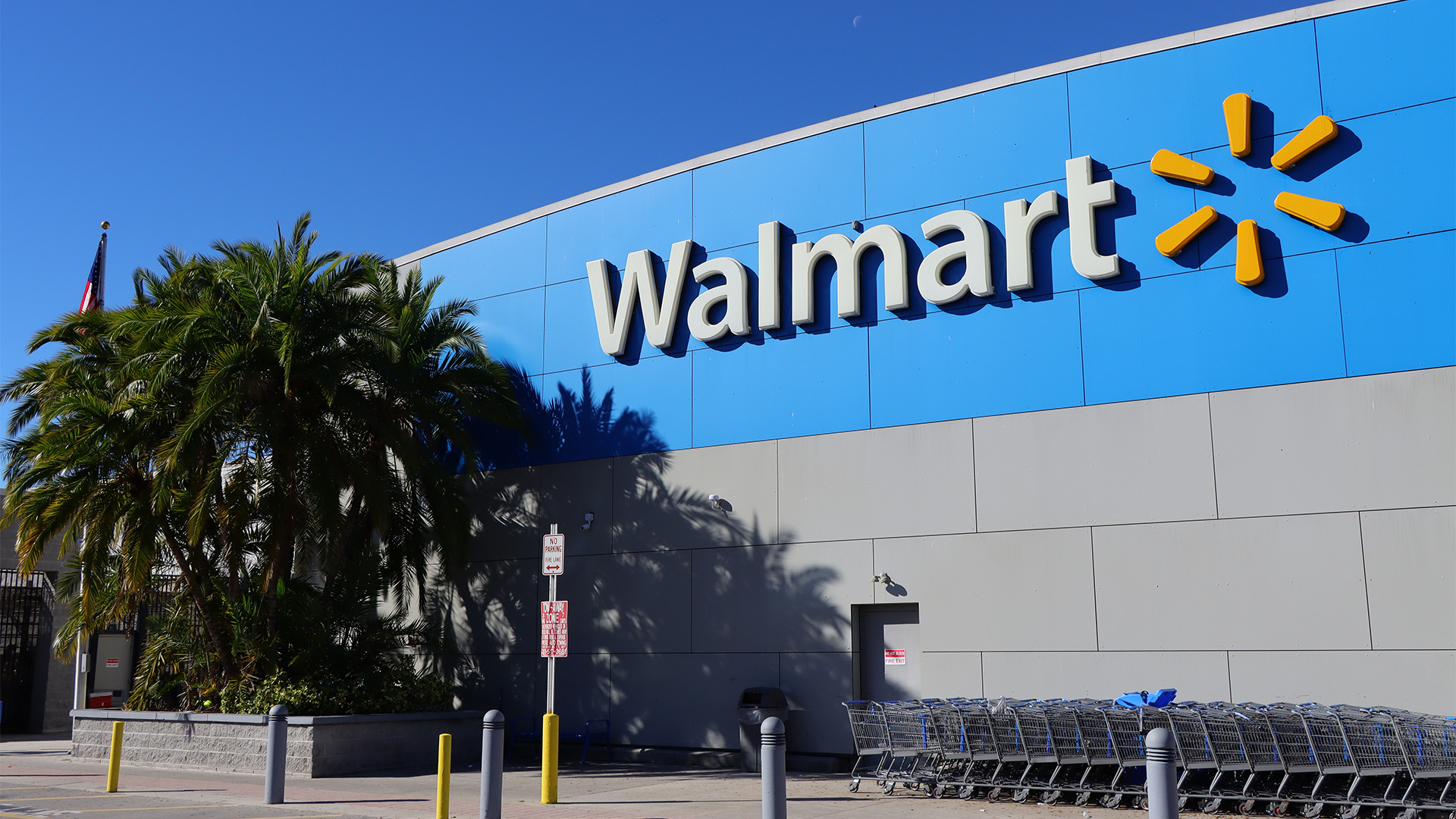As widely expected, annual headline inflation jumped to 7% in July, the highest level since mid-1990, and then eased slightly to 6.8% in August, according to the new monthly inflation indicator from the Australian Bureau of Statistics (ABS).
The drop of 6.8% in August took the rate back to the level in June, though economists say the fall was temporary and will pick up in the 4th quarter as the 25 cents a litre cut in fuel excise works its way back into retail petrol and diesel prices after ending on Thursday (September 29).
At the same time, ABS data on job vacancies for the three months to August showed another high reading with a fall of just 10,000 in the period from the record level in the May quarter.
But it was the first monthly inflation indicator that grabbed all the attention of the chatterboxes in the economic commentariat.
And to signal the importance the new statistical series to the ABS, its boss, Dr David Gruen, the Australian Statistician provided the commentary in Thursday’s release instead of a senior official from one of the branches of the bureau.
Dr Gruen said: “The monthly CPI indicator saw annual inflation of 6.8 per cent in August compared to 7.0 per cent in July and 6.8 per cent in June. The largest contributors, in the 12 months to August, were new dwelling construction, up 20.7 per cent and automotive fuel, up 15.0 per cent.”
“The slight fall in the annual inflation rate from July to August was mainly due to a decrease in prices for automotive fuel. This saw the annual movement for Automotive fuel fall from 43.3 per cent in June to 15.0 per cent in August.”
“Food and non-alcoholic beverages inflation increased to 9.3 per cent in the 12 months to August with prices rising across most food categories, led by fruit and vegetables increasing from 9.1 per cent in June, to 18.6 per cent in August.”
That will fall in September and later months because the prices of fresh fruit and veggies has fallen sharply as new crops have matured and the wet weather eased in producing areas in Queensland and along the NSW northern coast.
The ABS said the ‘core’ monthly CPI indicator (excluding volatile items of fruit, vegetables and fuel) increased from an annual rise of 5.5% in June, to 6.2% in August. That is still way to high for the liking of the Reserve Bank and federal government and indicates the high level of cost pressures across the economy.
This high reading will confirm the need for another rate rise from the RBA next week.
As will the continuing strong ABS data on job vacancies.
The Bureau said on Thursday there were 471,000 job vacancies in August 2022, a drop of just 10,000 from May 2022.
Contrary to some commentary that this fall is a ‘crack’ in the strong jobs market, it isn’t – it was only just over 3,000 vacancies a month in the quarter, which is a faction of the total.
And the number of vacant jobs was again very close to a one for one for the number of people unemployed in August at 473,600.
But by any measurement the data shows it is still an extremely tight labour market and the breakdown of where the vacancies are by the ABS confirms that they are in high employing sectors like transport, warehousing and retailing – all linked one way or another to consumper spending, especially online.
ABS head of Labour Statistics Lauren Ford said in the release that the 2% fall in vacancies still left them “elevated in historical terms and are still more than double pre-pandemic levels.”
The number of job vacancies in August was 41% higher than August last year (334,000), when the labour market was impacted by the Delta wave lockdowns.
The August 2022 job vacancies were also more than double what they were in February 2020 (227,000), prior to the pandemic, according to the data.
“The large growth in vacancies through the pandemic has coincided with a decline in the number of unemployed people. As a result, there were a similar number of unemployed people (488,000) to job vacancies (471,000) in August 2022, compared with three times as many unemployed people to vacancies before the start of the pandemic,” Ms Ford said.
“Despite the overall quarterly decrease, the number of job vacancies continued to increase in some industries, such as Retail trade (up 15 per cent) and Accommodation and food services (up 14 per cent). This reflected ongoing labour shortages in a tight labour market, particularly in customer facing industries,” Ms Ford said.
Across the states and territories, the largest quarterly percentage decline in job vacancies was in Tasmania (down 17 per cent) and Western Australia (down 7 per cent). The largest percentage growth was in Queensland (up 9 per cent), followed by Victoria (up 5 per cent).
The industries with the largest percentage decrease in vacancies over the quarter were Construction (16 per cent) and Education and training (12 per cent). The industries with the highest percentage growth were Transport, postal and warehousing (17 per cent) and Retail trade (15 per cent).













